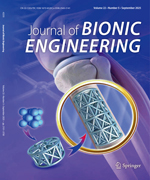Broadband light trapping effect and arrays of sub-wavelength textured structures based on the butterfly wing scales are applicable to solar cells and stealth technologies. In this paper, the fine optical structures in wing scales of butterfly Papilio peranthus, exhibiting efficient light trapping effect, were carefully examined. First, the reflectivity was measured by reflectance spectrum. Field Emission Scanning Electronic Microscope (FESEM) and Transmission Electron Microscope (TEM) were used to observe the coupling morphologies and structures of the scales. Then, the optimized 3D model of the coupling structure was created combining Scanning Electron Microscope (SEM) and TEM data. Afterwards, the mechanism of the light trapping effect of these structures was analyzed by simulation and theoretical calculations. A multilayer nano-structure of chitin and air was found. These structures are effective in increasing optical path, resulting in that most of the incident light can be trapped and adsorbed within the structure at last. Furthermore, the simulated optical results are consistent with the experimental and cal-culated ones. This result reliably confirms that these structures induce an efficient light trapping effect. This work can be used as a reference for in-depth study on the fabrication of highly efficient bionic optical devices, such as solar cells, photo detectors, high-contrast, antiglare, and so forth.

 Table of Content
Table of Content
 Table of Content
Table of Content